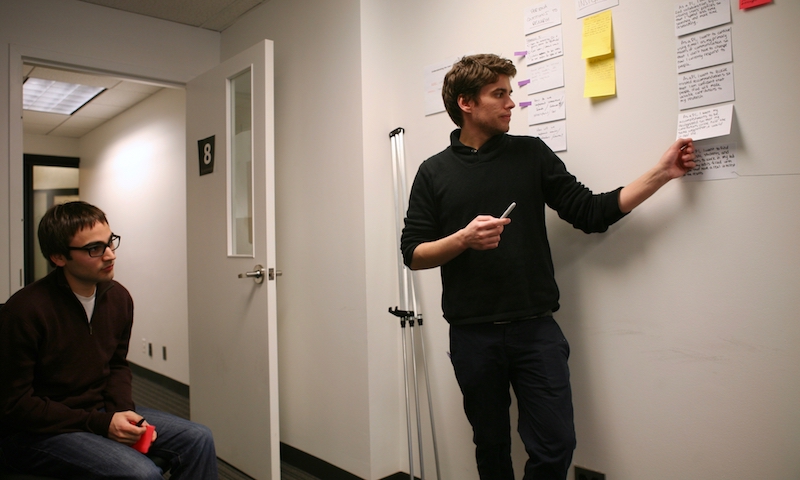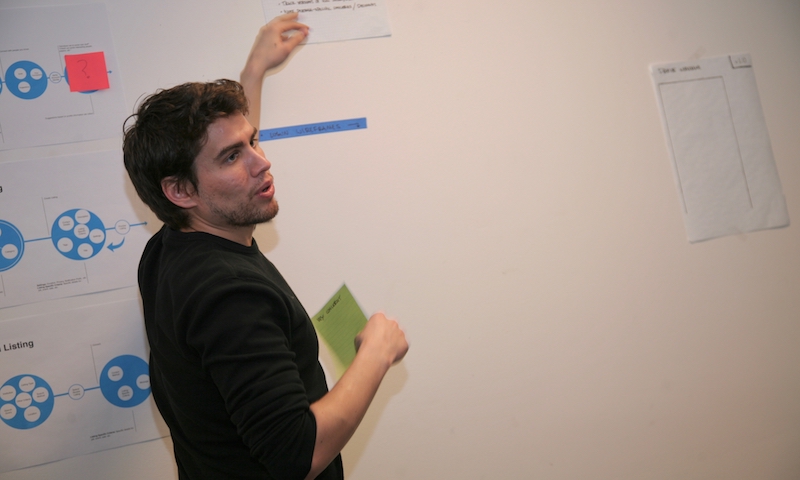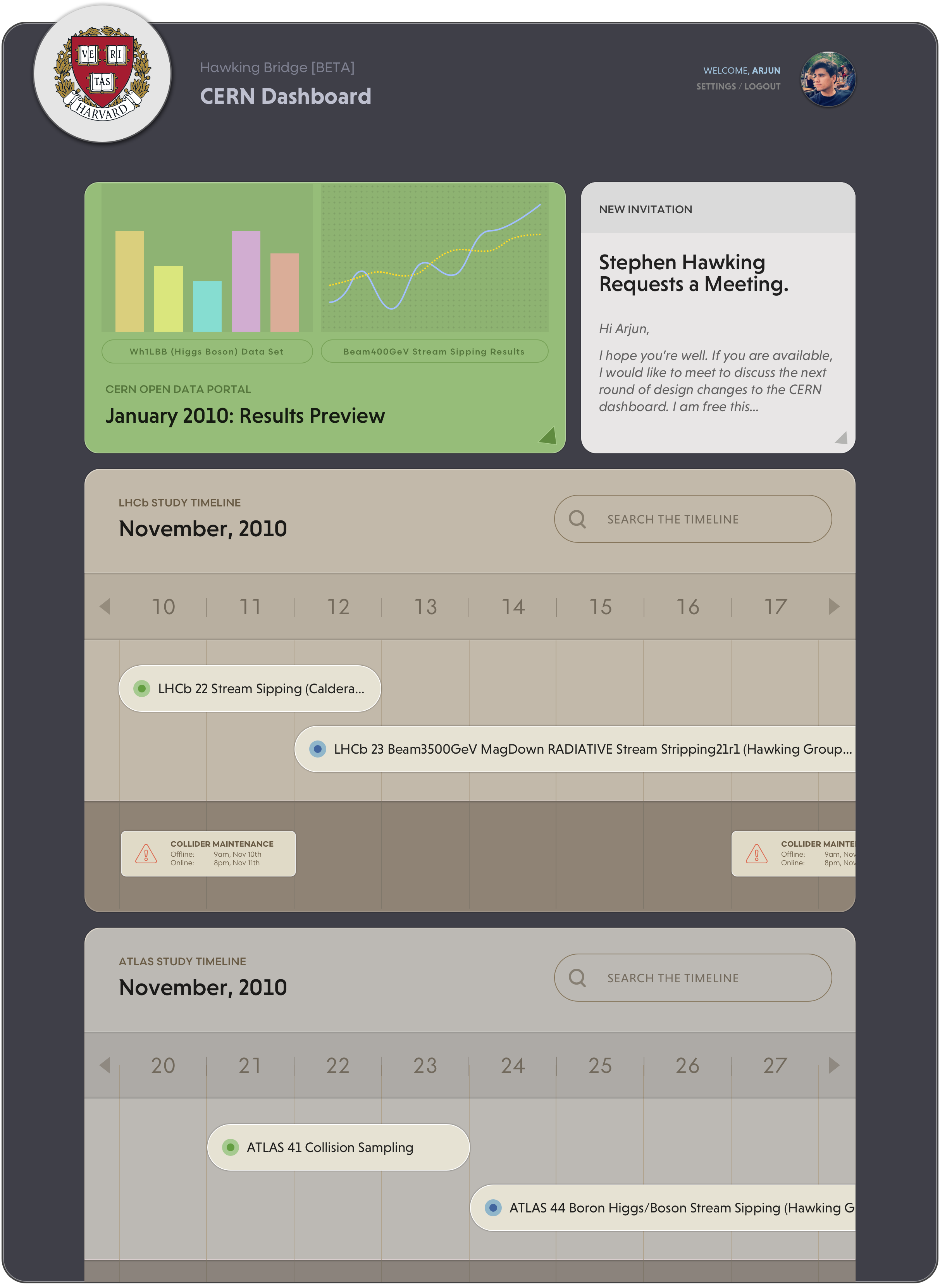Service Design
with Stephen Hawking
COLLABORATION is the heart of scientific inquiry. Yet collaboration isn’t always easy, especially when you suffer from disabilities that limit your ability to communicate with others. No one knows this better than the world-renowned physicist, Stephen Hawking, who suffers from a motor neuron disease that has rendered him almost completely paralyzed.
I began working with Stephen in 2008 to help create custom digital products to make it easier for him to collaborate with other scientists. But our early exploration of the situation led to two insights that changed the course of our work together:
- Many of the problems that Stephen faced weren’t in fact the result of his disability, but instead were common struggles that many physicists experience when collaborating remotely.
- In this context, the constraints imposed by Stephen’s disability were often actually beneficial to the process of collaborating, helping to slow down the pace and allow for more thoughtful interactions.
When I presented these findings to Stephen, he suggested that we ought to paralyze all his colleagues. I replied that we could do something better with less physical trauma through designing a new service that facilitated a more productive remote collaboration between physicists. He said his idea would be more fun, but he agreed to partner on my approach.


STEPHEN was a co-designer and an inspiration for our work. His disability imposed a culture of slow consideration. It wasn’t just that his replies were slow coming—it was that you knew that it took him an enormous amount of time to compose even short messages. This demanded care in communications, more planning and consideration, and much more precision.
These constraints, it turns out, are incredibly valuable in collaboration on physics research. Physics is a discipline with an ancient pedigree of careful and precise work. The technology and practices of our modern age work against this tradition, encouraging speed over accuracy. Collaborating with Stephen constrained this modern practice, and turned it into something resembling the legacy of Newton, Einstein, and the other giants of this domain (including Stephen Hawking himself).
So we partnered with a group of prestigious institutions and designed a service to facilitate this mode of collaboration. The idea was simple: researchers could use any technology they wanted (email, Skype, texting, project management systems, phone, whatever), but instead of communicating directly with each other, they interacted through an intermediate platform staffed by other physicists (grad students, mostly). It was a service for more precise collaboration between physicists
We named it the Hawking Bridge and began running prototypes. Ultimately we found that different institutions had different needs, and since our team was essentially a temporary working group that couldn’t offer continuous management of the service, we decided to integrate it in to existing products and services at each partner site, including Harvard, MIT, Boston University, and the University of Cambridge. Today these institutions continue to offer the service in some capacity, and it has also been adopted by CERN, the organization that runs the huge particle accelerator in Europe.
